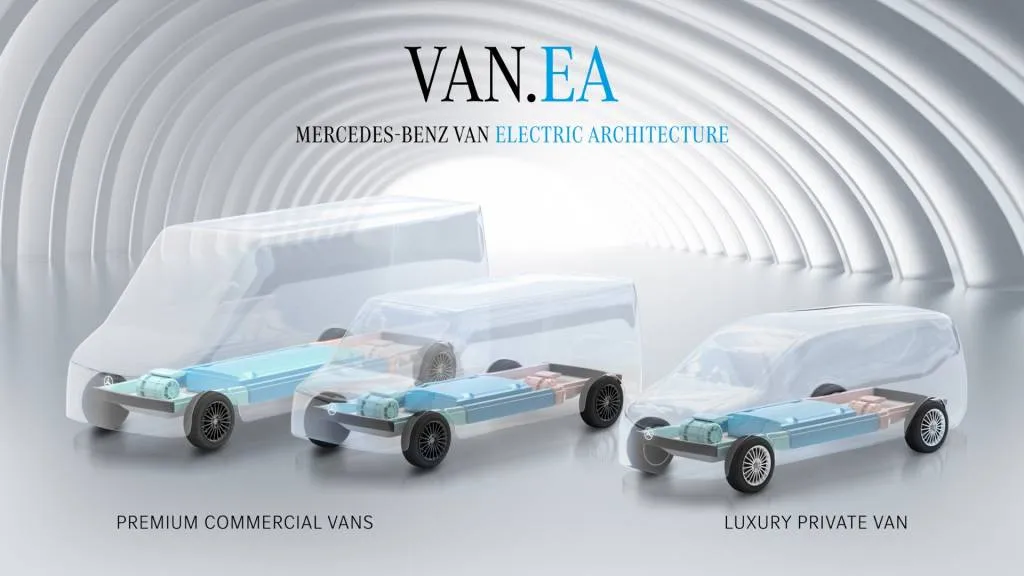- A redesigned Mercedes-Benz V-Class is due in 2026 as the first model on the Van.EA dedicated EV platform
- The new V-Class is likely the luxury midsize van Mercedes previously confirmed for the U.S. market
- The Van.EA platform will eventually underpin all Mercedes vans
Mercedes-Benz has been spotted testing a prototype for its next V-Class midsize van, set to debut in 2026 as the first model on the new Van.EA dedicated EV platform. The highly modular platform will eventually underpin all of the automaker’s vans.
The current V-Class has never been sold in the U.S., though a decontented commercial version, known in most markets as the Vito, was briefly sold here as the Metris. Mercedes also offers the larger Sprinter van in the U.S. for commercial buyers.
2018 Mercedes-Benz Metris
The new V-Class, whose name is yet to be confirmed, will soon be previewed by a thinly veiled concept vehicle. Planned versions include a luxury passenger van, a camper van, and a commercial van.
Prototypes suggest shorter front and rear overhangs compared to the current V-Class, along with increased curvature of the windshield—likely to improve aerodynamic efficiency. Other visible changes include flush-mounted door handles and narrower side windows. Sliding doors are also present on both sides of the vehicle.

2027 Mercedes-Benz V-Class EV spy shots – Photo via Baldauf
Cutouts in the camouflage for various sensors, along with concealed sensors on the side mirror caps, point to advanced automated driver-assist features. There may even be an upgraded version of Mercedes’ Drive Pilot system, which is already ranked at Level 3 on the SAE scale of self-driving capability, allowing drivers to temporarily take their eyes off the road in specific conditions.
The Van.EA platform employs a three-module design, enabling easy adaptation to various vehicle sizes. A front module houses high-voltage power control hardware and an electric motor, common to all vehicles based on this platform. A center module, available in different lengths and battery configurations, determines the size of the vehicle. A rear module contains the rear axle, which can feature a motor for all-wheel drive or remain motorless for front-wheel drive. Prototypes also indicate that some models will include rear-wheel steering.

Van.EA – cargo and passenger
Mercedes announced in 2023 that a luxury midsize van will be sold in the U.S. With the expected arrival of the new V-Class in 2026, any U.S. launch would likely align with the 2027 model year.
The Van.EA platform will also underpin the next generation of Mercedes’ full-size Sprinter van. While a luxury version of the Sprinter isn’t anticipated, Mercedes has hinted at camper variants.


